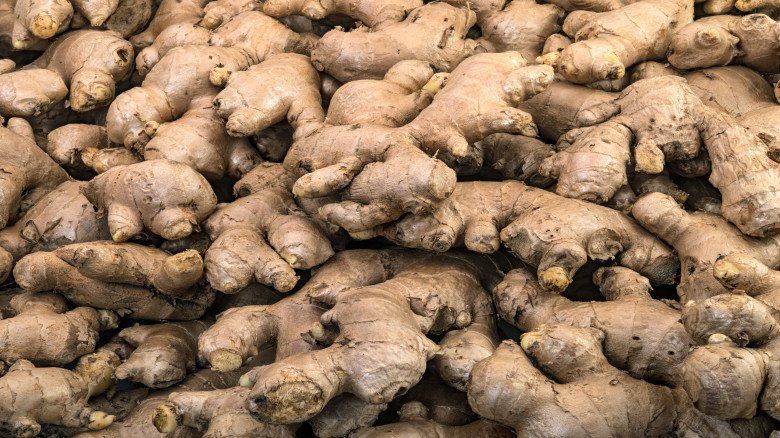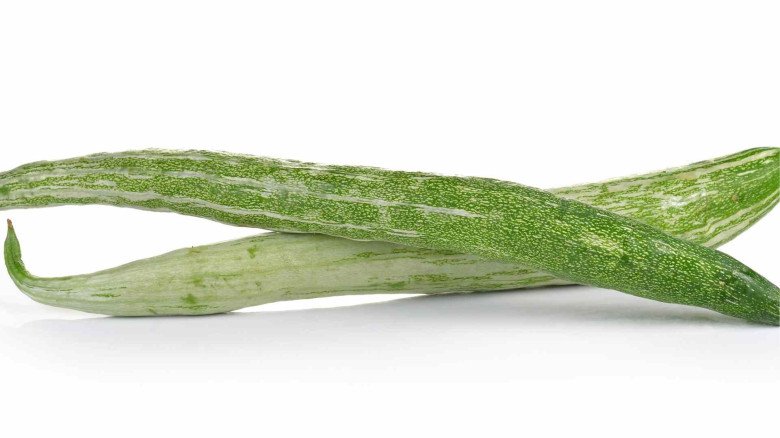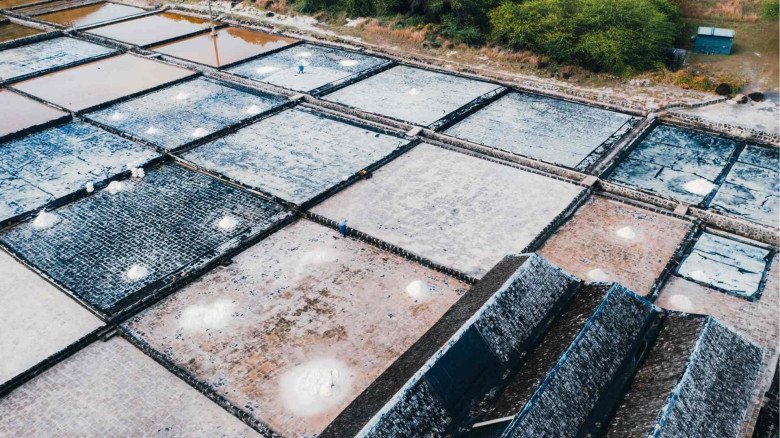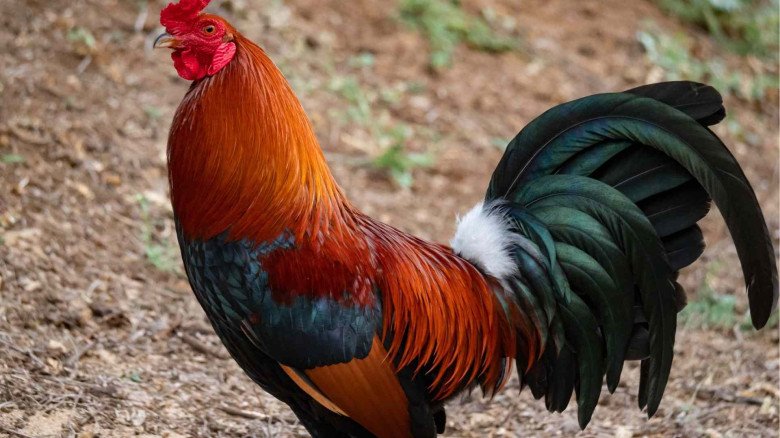Everything You Need to Know About Ginger Cultivation | A Comprehensive Guide
One of the most significant spices in Kerala is ginger. Ginger is a thin, evergreen plant. The spice is the underground rhizome of this tropical plant, prepared or unprocessed. Although it is grown across the nation, the kind cultivated in Kerala is said to be of higher quality. It needs well-ventilated, well-drained soil and grows best in humid environments. In Kerala's coconut groves, ginger is a good intercrop. In newly established rubber plantations, it may be planted as an intercrop for the first three to four years.
When should ginger be grown?
In the West Coast of India, the first two weeks of May are ideal for growing ginger because they provide pre-monsoon rainfall. It may be planted well in advance, from the middle of February to the beginning of March, in an irrigated garden. Among the well-known native cultivars are Mannathody, Himachal, Ernad, Wayanad, Valluvanad, Maran, Kuruppampadi, and Nadia.
How should ginger be planted?
Rhizome segments referred to as seed rhizomes are used to grow ginger. Properly conserved seed rhizomes are chopped into tiny segments about 2.5–5.0 cm in length and weighing 20–25 g, with one or two healthy buds on each piece. The rate of seed varies according on the growing technique used and the geographical location. Typically, the harvest lasts for eight or nine months, from April or May to December or January. Ginger is planted in rows with spacing of 20 to 25 cm between each plant, spaced 30 cm apart. At the specified spacing, bits of seed rhizomes with at least one bud, measuring 3-5 cm in length and weighing 30-35 g each are planted. An acre of green ginger is expected to generate between six and ten tons on average. The percentage of dried ginger that recovers ranges from 16 to 25%.
Fertilizers
Fertilizers used to ginger plants, On the 80th day, apply 12 kg of potash and 12 kg of nitrogen per acre. On the 120th day, the last dosage of 12 kg of nitrogen and 12 kg of potash per acre should be administered. The optimal growing conditions for ginger plants are areas with moderate shade and four to five hours of indirect sunshine. Ginger thrives in hot, muggy weather and in rich, nutrient-rich soil. The plants thrive in full sun in our chilly environment, but they could require some partial shade in warmer southern climates.
Ginger's health advantages
Migraine sufferers have found that ginger is an effective treatment for nausea, motion sickness, morning sickness, and other digestive disorders. With its anti-inflammatory qualities, improved digestive reactivity, and hormone modulation that aids in blood pressure stabilization and general body quiet, this natural wonder soothes an upset stomach.
-logo.webp.png)
.jpg)
-logo.webp.png)

































Leave A Comment